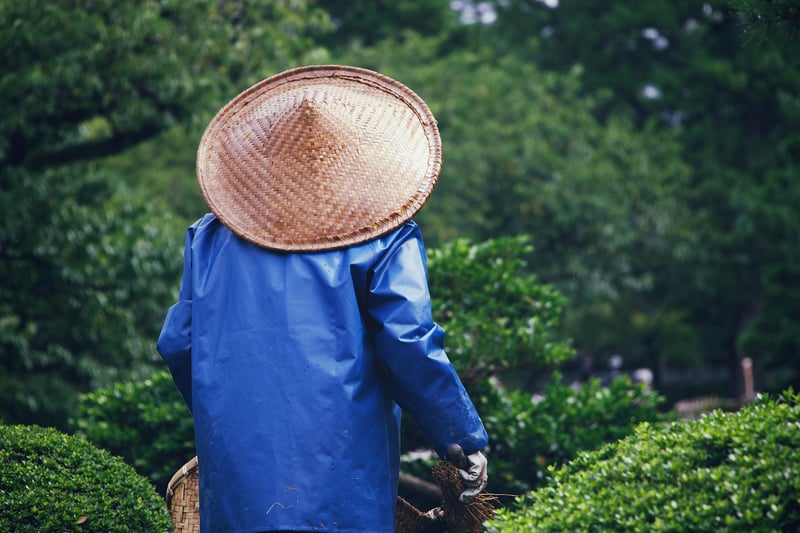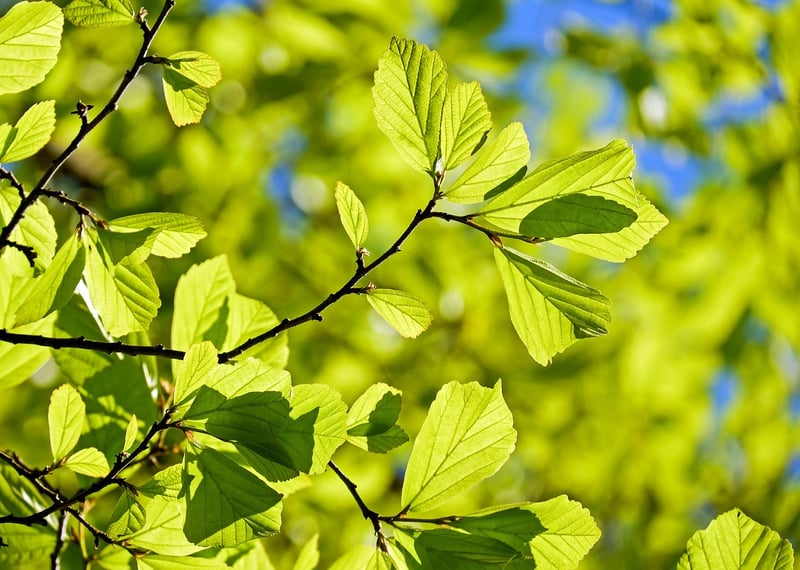Pruning Basics
Maintaining Healthy Plants: Pruning Basics
Proper pruning is essential for maintaining healthy plants in your garden. Whether you are a seasoned gardener or just starting, understanding the basics of pruning can help your plants thrive. Below are some key tips for effective pruning:
Why Prune?
Pruning helps stimulate plant growth, improve air circulation, and enhance the overall appearance of your plants. It also removes dead or diseased branches, preventing the spread of infections.
Tools Needed
- Pruning shears
- Loppers
- Pruning saw
- Gloves
When to Prune?
The best time to prune varies depending on the type of plant. In general, prune flowering shrubs right after they bloom and prune deciduous trees during their dormant season.
How to Prune?
Before you start pruning, identify the branches that need to be removed. Cut at a 45-degree angle just above a bud or lateral branch. For larger branches, use a pruning saw and make a clean cut without leaving stubs.
Common Mistakes to Avoid
- Avoid pruning too much at once, as it can stress the plant.
- Don't prune too close to the trunk, as it can cause damage.
- Avoid tearing the bark while pruning.
Benefits of Pruning
Pruning promotes healthy plant growth, enhances flowering, and improves fruit production. It also helps maintain the shape and size of the plant, making it more aesthetically pleasing.
Remember, each plant may have specific pruning requirements, so it's essential to research and understand the needs of your specific plants before pruning. By following these basic pruning principles, you can ensure your plants remain healthy and vibrant throughout the year.


For more detailed information on pruning techniques and specific plant care, consult with your local garden center or a professional gardener.
Happy pruning!
